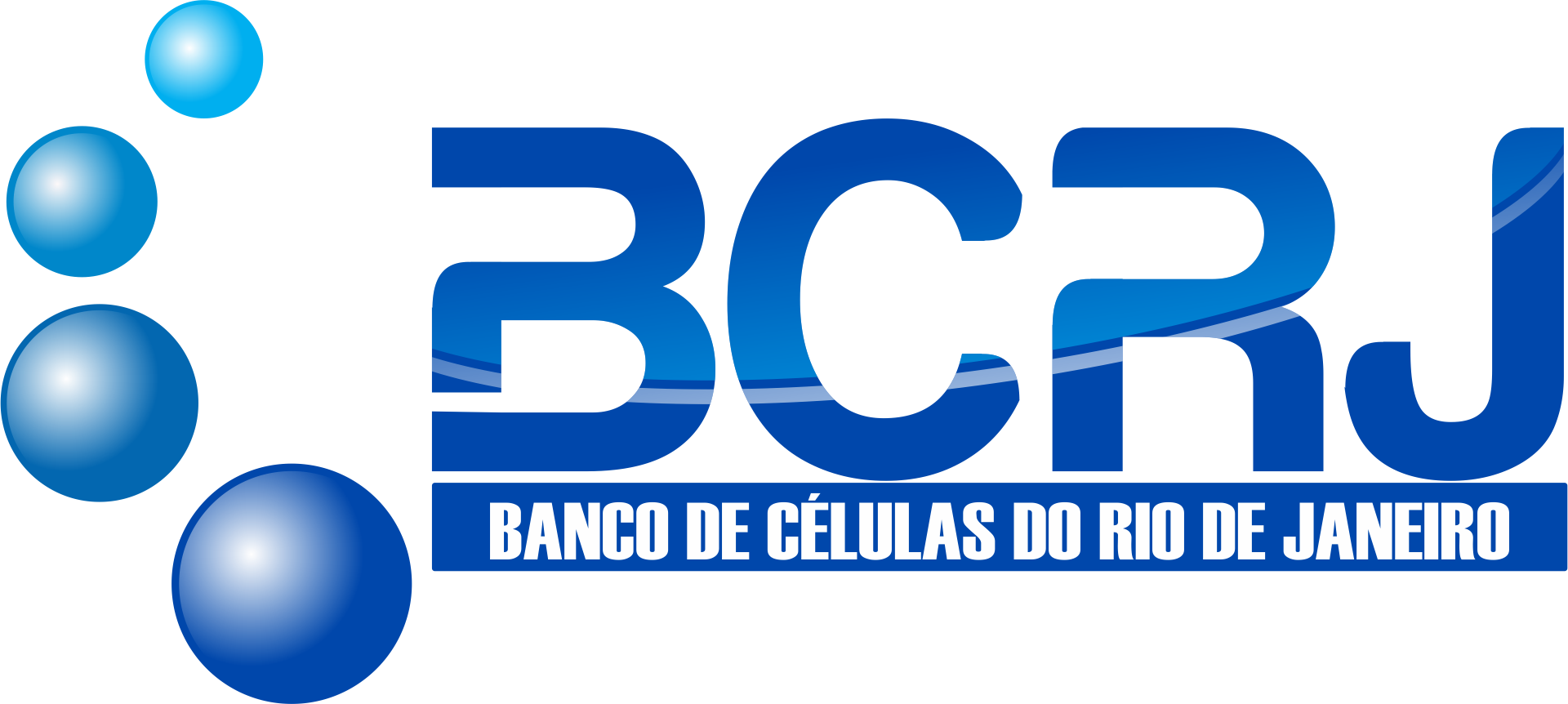| BCRJ Code | 0302 |
| Cell Line | Detroit 551 |
| Species | Homo sapiens |
| Vulgar Name | Human |
| Tissue | Skin |
| Cell Type | Fibroblast |
| Morphology | Fibroblast |
| Disease | Normal |
| Growth Properties | Adherent |
| Sex | Female |
| Age/Ethinicity | fetus / Caucasian |
| DNA Profile | Amelogenin: X CSF1PO: 10,12 D13S317: 11,12 D16S539: 12,13 D5S818: 12,13 D7S820: 10,12 THO1: 9,9.3 TPOX: 8 vWA: 18 |
| Virus Succeptility: | SV40 virus, Human poliovirus 1, Herpes simplex virus, Vesicular stomatitis virus |
| Biosafety | 1 |
| Addtional Info | The cells have a finite lifespan of about 25 serial passages from the tissue of origin. Growth of the cells is enhanced by addition of tumor necrosis factor alpha (TNF alpha) to the medium. This cell line can be transformed by SV40. |
| Culture Medium | Dulbecco's Modified Eagle's Medium (DMEM) with 2 mM L-glutamine, 1.0 g/L glucose and 10% of fetal bovine serum. |
| Subculturing | Volumes used in this protocol are for 75 cm2 flasks; proportionally reduce or increase amount of dissociation medium for culture vessels of other sizes. Remove and discard culture medium. Briefly rinse the cell layer with PBS without calcium and magnesium to remove all traces of serum which contains trypsin inhibitor. Add 2.0 to 3.0 mL of Trypsin-EDTA solution to flask and observe cells under an inverted microscope until cell layer is dispersed (usually within 5 to 15 minutes). Note: To avoid clumping do not agitate the cells by hitting or shaking the flask while waiting for the cells to detach. Cells that are difficult to detach may be placed at 37°C to facilitate dispersal. Add 6.0 to 8.0 mL of complete growth medium and aspirate cells by gently pipetting. Add appropriate aliquots of the cell suspension to new culture vessels. Incubate cultures at 37°C. NOTE: For more information on enzymatic dissociation and subculturing of cell lines consult Chapter 12 in Culture of Animal Cells, a manual of Basic Technique by R. Ian Freshney, 6th edition, published by Alan R. Liss, N.Y., 2010. |
| Subculturing Medium Renewal | 2 to 3 times per week |
| Subculturing Subcultivation Ratio | 1:2 to 1:5 is recommended |
| Culture Conditions | Atmosphere: air, 95%; carbon dioxide (CO2), 5% Temperature: 37°C |
| Cryopreservation | 95% FBS + 5% DMSO (Dimethyl sulfoxide) |
| Thawing Frozen Cells | SAFETY PRECAUTION:
It is strongly recommended to always wear protective gloves, clothing, and a full-face mask when handling frozen vials. Some vials may leak when submerged in liquid nitrogen, allowing nitrogen to slowly enter the vial. Upon thawing, the conversion of liquid nitrogen back to its gas phase may cause the vial to explode or eject its cap with significant force, creating flying debris.
NOTE: It is important to avoid excessive alkalinity of the medium during cell recovery. To minimize this risk, it is recommended to place the culture vessel containing the growth medium in the incubator for at least 15 minutes before adding the vial contents. This allows the medium to stabilize at its normal pH (7.0 to 7.6). |
| References | Sugarman BJ, et al. Recombinant human tumor necrosis factor-alpha: effects on proliferation of normal and transformed cells in vitro. Science 230: 943-945, 1985. |
| Depositors | RICARDO BENTES DE AZEVEDO - UNIVERSIDADE FEDERAL DE BRASÍLIA |
| Cellosaurus | CVCL_2434 |



